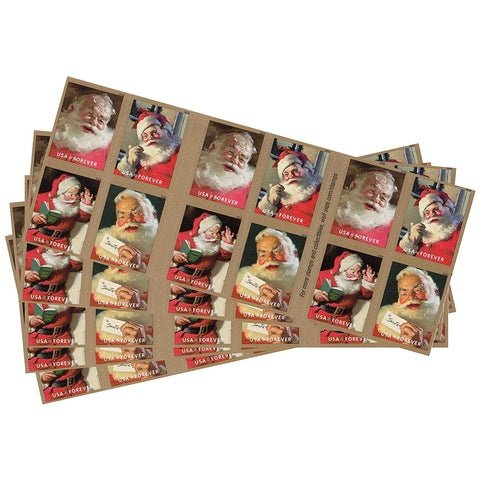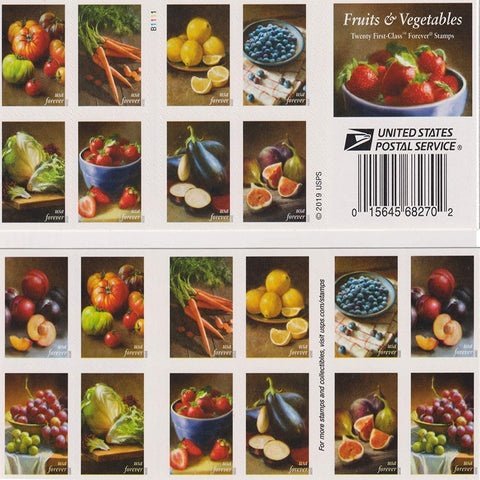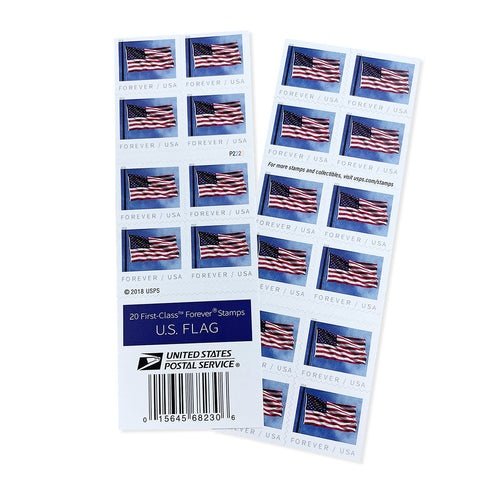the essential knowledge for stamp collecting for starters.
Dec 13,2022 | Ustopstamp
The people who just set foot in stamp collecting often suffer from knowing little about stamp collecting and are always full of enthusiasm not knowing where to put it, today I have prepared a knowledge feast for you - the essential knowledge for stamp collecting for starters.
Stamp pattern.
Refers to the stamp surface, which generally consists of the design, country name, face value, explanatory text, and trim related to the purpose of the stamp issue. The early stamp designs of countries around the world were relatively simple. With the development of society, all countries in the world today use the most representative contents of their countries in politics, economy, national defense, science and technology, culture and art, history and geography, natural scenery, and precious animals and plants as stamp designs. More than 300,000 types of stamps have been issued worldwide, with a wide range of designs. Philatelists can gain a wealth of encyclopedic knowledge by collecting and studying stamp designs. Therefore, stamp designs are the main object of study for philatelists.

Stamp denomination.
Refers to the amount of postage and the unit of currency printed on the face of a stamp. Most countries around the world use Arabic numerals and national currency units to form the face value of stamps. For example, the ordinary letter postage of the United States is 22 cents, and the face value of stamps is composed of Arabic numerals 22 and C cents. The People's Post Office of China has an ordinary letter postage rate of 8 cents, and the face value of the stamp is composed of the Arabic numeral 8 cents. There are also some countries that issue no-value stamps, such as military stamps and official stamps. In China, the 1938 Jinchaji Border Region issued commemorative stamps for war veterans and the 1943 Huainan District issued "Ping", "Machine", "Quick" and "Draft" stamps. The "Ping", "Machine", "Fast" and "Draft" stamps issued by Huainan District in 1943 were all no-value, no-fee stamps. From 1978 to 1985, the United States issued a series of no-value stamps with "A", "B", "C" and "D" on the face. ", representing a face value of 15, 18, 20, and 22 cents, respectively. This is because the U.S. Postal Service wanted the city to adjust the letter postage, but when the stamps were printed, the new letter postage was not finalized and the new denominations could not be printed on the stamps; however, if they were printed after the postage was determined, the stamps could not be supplied.
Perforations on stamps.
In order to facilitate the tearing of stamps, holes are punched with a perforator between the whole sheet of stamps, and after splitting, the recessed semicircular part of the edge of a single stamp is called the hole, and the protruding part is called the tooth, together called the perforation. British black penny stamps were introduced without perforations and were inconvenient to use, having to be cut out one by one with scissors. It was not until 1854 that perforated stamps were introduced in the United Kingdom. The perforations are classified according to the shape of the perforations: bare, hairy, blind and missing. Light teeth: After the stamps are perforated, the round paper dust in the perforations is completely removed and the edges of the holes are clean, called light teeth. Hairy teeth: The paper dust in the holes is not completely removed and the edges of the holes are not smooth and hairy, which is called hairy teeth. Blind teeth: After the stamp is perforated, there are only marks, but the paper dust in the hole is not shed, and the hole is not transparent, which is called blind teeth. Leaky teeth: If a hole is missed when it should be punched, it is called leaking teeth. Perforation is a measure of the perforation, measured by placing the stamp on a measuring tape and looking at the number of teeth and holes in a length of 2 cm.
Stamp inscriptions.
The stamp number, plate number, sheet number, color code, designer, and printer's name are printed on the edge of the entire sheet of paper, collectively known as the plate inscription. Plate inscriptions are an important source of information for the study of stamps, so many philatelists prefer to collect stamps with plate inscriptions. For example, China's J63 "People's Republic of China Stamp Exhibition. Japan" stamp, with various designs such as chicken, goldfish, kite, heavenly altar, butterfly, etc. printed on the whole paper edge as well as with the stamp name, designer, printer's name, plate number, sheet number, color code, etc.
Watermarks on stamps.
Stamps are proof of prepaid postage. In order to prevent forgery, a mark is pressed into the paper by a special method during the papermaking process, called a watermark. A watermark is a colorless mark, mostly with a simple pattern. On a full sheet of stamps, there is only one watermark pattern called a full sheet watermark. The watermark pattern is repeated on a full sheet of stamps called a compound watermark, and there are various patterns of watermarks, such as crown, sun, moon, taiji, etc. The British black penny stamp issued on May 6, 1840 has a crown watermark, while the small dragon stamp issued by the Qing Post in 1885 and the cricket dragon stamp issued in 1898 have a watermark with a taiji figure. Watermarks on stamps are easy to identify by looking closely at the back of the stamp in sunlight or light.






